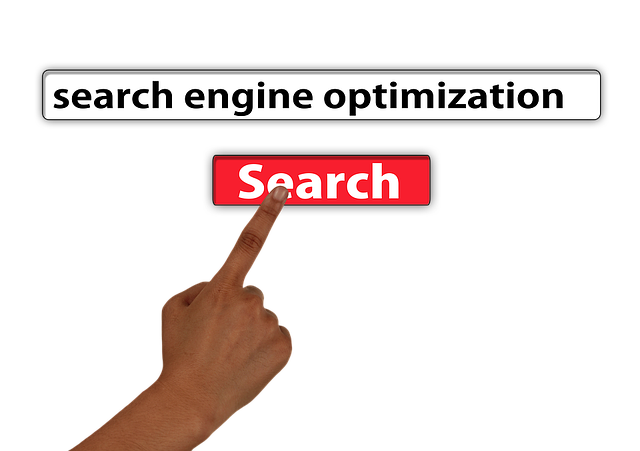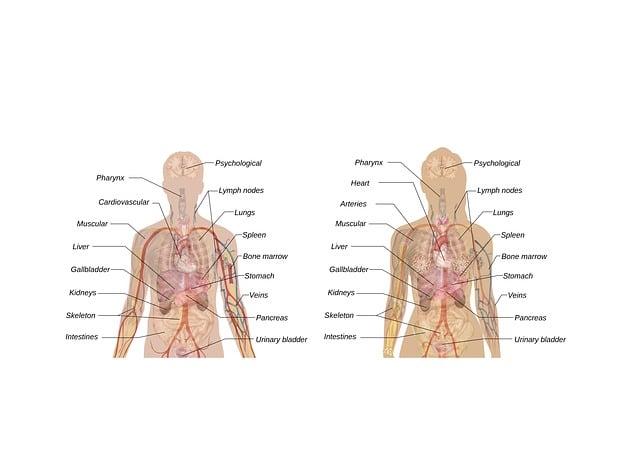The Google HowTo Schema is a powerful tool for content creators aiming to boost online visibility and user engagement. By marking up step-by-step instructions with structured data, it enhances SEO for how-to content, making it more discoverable on search engines. This schema improves user experience through rich results featuring images, ratings, and detailed descriptions. Best practices include logically breaking down tasks, using relevant tags (tools, time estimates, risks), incorporating visual elements, adding context with descriptive text, and employing clear language and JSON-LD for structured content. Measuring success involves analyzing rich results' performance, such as click-through rates, to optimize search presence based on data-driven insights.
Discover how to leverage the power of the Google HowTo schema for rich, engaging search results with step-by-step instructions and visual aids. This markup isn’t just about improving visibility; it transforms your content into an interactive guide that enhances user experience. From structuring clear instructions to incorporating captivating images and adding contextual details, this article covers everything you need to know to master the Google HowTo schema for optimal search performance.
- Understanding Google HowTo Schema: A Powerful Tool for Content Creators
- Structuring Step-by-Step Instructions with the HowTo Schema
- Incorporating Visual Elements: Enhancing Content with Images
- Adding Context and Details to Your Instructional Content
- Optimizing for Search: Best Practices for HowTo Schema Markup
- Measuring Success: Analyzing the Impact of Rich Results on User Engagement
Understanding Google HowTo Schema: A Powerful Tool for Content Creators

Google HowTo Schema is a powerful tool designed to help content creators enhance their online visibility and user engagement. This schema allows creators to provide search engines with structured data about step-by-step instructions, making their content more easily digestible and actionable for users. By utilizing Google HowTo Schema, creators can ensure that their instructional content appears as rich results in search engine result pages (SERPs), featuring images, ratings, and detailed descriptions of each step.
This schema is particularly beneficial for educational websites, blogs, and forums that focus on providing practical guides and tutorials. With proper implementation, it can significantly improve the SEO capabilities of how-to content, making it more discoverable and engaging. HowTo SEO tagging involves strategically incorporating relevant tags and metadata to guide search engines in understanding the context and structure of each step, thereby enhancing the overall quality of the rich result for the user.
Structuring Step-by-Step Instructions with the HowTo Schema

When structuring step-by-step instructions using the Google HowTo Schema, it’s essential to organize content logically and hierarchically. This involves breaking down complex tasks into manageable steps, each with a clear purpose. The schema provides a structured format for presenting this information, allowing users to quickly scan and understand the process.
Each step should be marked with a distinct label, making it easy for both search engines and readers to follow. The Schema for Guides enables you to include relevant HowTo SEO Tagging, such as tools needed, time estimates, and potential risks, enriching the instructional context. By implementing this schema, you can enhance your content’s visibility in rich results for HowTo queries, making your guides more engaging and useful for users seeking step-by-step instructions with visual aids.
Incorporating Visual Elements: Enhancing Content with Images

Incorporating visual elements is a powerful strategy to elevate step-by-step content marked up with the Google HowTo Schema. By integrating images, you not only enhance the user experience but also provide contextual clues that aid search engines in better understanding the instructional content. When crafting rich results for HowTo queries, utilizing relevant and high-quality images can significantly impact how your content is displayed in search results, making it more appealing and engaging.
This visual enhancement goes beyond mere aesthetics; it plays a crucial role in SEO tagging for HowTo guides. Search engines, including Google, are known to prioritize content that offers a comprehensive experience. By combining step-by-step instructions with meaningful images, you create a richer, more informative result, increasing the likelihood of your content being featured as a rich result in search results. This strategic approach ensures that your guide stands out in a competitive online landscape, attracting potential users and boosting engagement.
Adding Context and Details to Your Instructional Content

Adding context and details to your instructional content is a vital step in enhancing its search engine optimization (SEO) potential, especially when utilizing Google’s HowTo Schema. This schema provides a structured format for presenting step-by-step tutorials with an emphasis on visual elements like images. By incorporating descriptive text alongside these visuals, you create a richer user experience and give search engines more data to index accurately.
When marking up your content with Tutorial Schema or HowTo SEO Tagging, ensure that each step is accompanied by concise yet informative descriptions. These details can include specific instructions, necessary tools, potential risks, or variations in the process. For instance, if a recipe calls for “browning butter,” provide a brief note on how to achieve this, as it’s a crucial step often overlooked in simple instructions. This contextual information not only aids readers but also signals to search algorithms that your content offers valuable insights, thereby improving your chances of securing a prominent Rich Result for HowTo in search results.
Optimizing for Search: Best Practices for HowTo Schema Markup

When optimizing content for Google’s HowTo Schema markup, it’s crucial to follow best practices that enhance both user experience and search engine visibility. Start by ensuring each step in your guide is clearly defined and structured using the appropriate schema vocabulary. This includes specifying actions, tools, materials, and any relevant safety information. Well-formatted steps, expressed in simple language, improve comprehensibility for users and help search engines grasp the instructional context.
Utilize HowTo JSON-LD to provide a structured representation of your content. This markup allows search engines to easily identify key elements like the topic name, list of ingredients (if applicable), and step-by-step instructions. Additionally, including relevant images within the schema can significantly boost visual appeal in search results, drawing users’ attention and encouraging clicks. Remember, clear and concise HowTo SEO tagging, incorporating both primary and secondary keywords, is key to enhancing your guide’s discoverability on platforms like Google, where Schema for Guides plays a pivotal role in shaping rich snippet displays.
Measuring Success: Analyzing the Impact of Rich Results on User Engagement

Measuring the success of implementing Google’s HowTo schema is crucial to understanding its impact on user engagement and search experience. By analyzing rich results, or enhanced snippets, that include step-by-step instructions with images, we can gauge how effectively this markup improves user interaction. The visibility and click-through rates of these featured snippets provide valuable insights into the appeal of structured, instructional content.
For example, a tutorial on “How to Bake a Cake” marked up with JSON-LD schema might result in a rich result displaying each step with accompanying images. This visual representation not only attracts users but also increases the likelihood of them clicking through to the original content. By tracking these interactions, webmasters can assess the effectiveness of Tutorial Schema Markup and make data-driven decisions to optimize their search presence.
